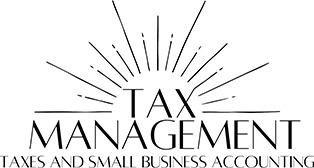As the year draws to a close, now is the ideal time to take advantage of tax-saving opportunities before the calendar resets. Year-end tax planning helps you reduce your taxable income, maximize available deductions and credits, and avoid unnecessary surprises when filing your return. A few proactive steps now can make a meaningful difference in your overall tax picture.
One of the most effective strategies is to review your income and withholding. If you’ve had major changes—such as a raise, bonus, or side income—adjusting your withholding or making an estimated tax payment can help prevent penalties. It’s also a great time to maximize retirement contributions, such as to a 401(k) or IRA, which can lower taxable income while boosting your long-term savings. Similarly, consider contributing to HSAs or FSAs, which offer powerful tax advantages for qualified medical expenses.
- The 2025 contribution limit for a traditional IRA is $7,000 for individuals under 50; $8,000 for individuals over 50.
- The 2025 contribution limit for an HAS is $8,550 for family coverage and $4,300 for individual coverage; 55 and over are allowed a catchup contribution of $1,000.
For those who itemize, take advantage of deductible expenses before year-end. This may include charitable donations, medical expenses, or state and local tax payments, depending on your situation.
Finally, gather and organize your financial records now—income statements, receipts, mileage logs, and other documentation—to ensure a smoother filing season. A quick year-end review is a simple way to position yourself for a more efficient and less costly tax season ahead.
